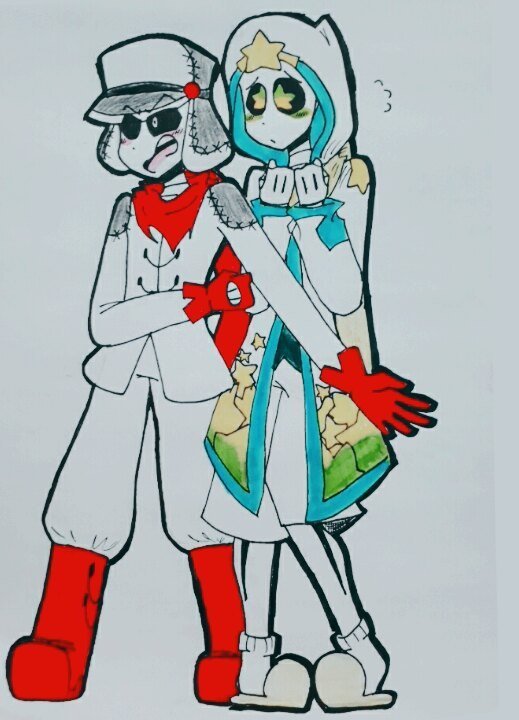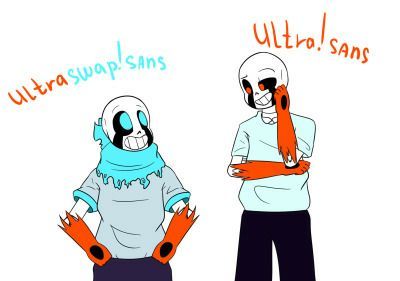
I burned out on Rune Factory 5 pretty bad last month, understandable, which left me open to swing right into Fire Emblem Warriors: Three Hopes, which I am really enjoying. for example.Welcome back to The 'Shroom! It's the July issue!įeels like it's been only two weeks since the last issue came out!! I got to go out of state on vacation last month, which was a fun adventure- I love seeing new places (even though I've been to Chicago a few times before.) Now though, it's back to work and getting back into my regular routine.

Palette swaps in modern gaming have become a staple mechanic in fighting games, such as Super Smash Bros. In MKT, debuted two new characters: Chameleon, who interchanges colour from the male ninjas (Rain, Ermac, Reptile, Scorpion, Classic Sub-Zero, Human Smoke and Noob Saibot), and Khameleon, who interchanges colour from the female ninjas (Kitana, Mileena and Jade), both of them are semi-transparent in the same game, also there was intended including Tremor, another male ninja which uses colour brown, but this character was scrapped and appeared later in Mortal Kombat: Special Forces. In MK3, Noob Saibot was created using a palette swap of Kano painted in black, due to absence of ninjas, but this was edited in UMK3, returning to his ninja form, almost the same were with Sub-Zero and Smoke, at the same time Scorpion and Reptile had been returned, and Ermac and Rain made their own debuts. Mortal Kombat 3, Ultimate Mortal Kombat 3, and Mortal Kombat Trilogy introduced multiple palette swaps including Cyrax, Sektor, Cyborg Smoke (all of the cyborgs were palette swap of each other, using red, yellow and blue), Ermac, and Rain, the latter was created mixing Sub-Zero and Ermac, better said, blue plus red, because Rain has a purple suit. In Mortal Kombat II, Kitana, Mileena, and secret character Jade were palette swaps of each other, using blue, purple and green, respectively, also Smoke and Noob Saibot were added as grey and black ninjas, as palette swaps of the another ninjas (Sub-Zero, Scorpion and Reptile).

In Mortal Kombat, Scorpion, Sub-Zero, and secret character Reptile were palette swaps of each other, using yellow, blue and green, respectively, Reptile was created mixing Sub-Zero and Scorpion. In NES games such as Metroid, The Legend of Zelda, and Castlevania, palette swaps are used to distinguish stronger enemies. Deluxe (except in the Super Mario All-Stars versions of the latter three, as well the Super Mario Advance series), Mario is Missing! (NES and SNES versions), Hotel Mario and Super Mario World 2: Yoshi's Island, Luigi is a palette swap of Mario. In Mario Bros., Wrecking Crew, Super Mario Bros., Super Mario Bros. By stark contrast, the main characters of Breath of Fire II occasionally swap their palette colors to indicate an increase in their respective statistics. In other games, such as the Dragon Quest series, palette swaps are used for mobs to distinguish higher level enemies. Prominent examples of this are seen in the Final Fantasy games, in which a player character afflicted with the "Poison" Status effect will appear purple. In certain cases, such as role-playing video games, palette swaps are used to signify a character's status. More generally, palette swaps are common in sports games, in which the color scheme of opposing players is used to differentiate between teams.

Early games in the Mortal Kombat series frequently introduced new ninja characters via palette swapping as both a cost-cutting and memory-preservation measure. As such, many new objects could be created without the need to produce new graphics from scratch, which saved both production costs and development time. In early computer gaming, when cartridges were the main storage medium and memory capacity was both linear and expensive, a single sprite could be reused by changing its palette. One reason palette swaps are used is to save storage and memory.

Palette swaps are commonly used to distinguish between first and second players, for creating visual hierarchies, and for making visually distinct areas for levels in games. The different palette gives the new graphic another set of colors, which makes it recognizably distinct from the original. A palette swap, alternatively known as costume change or alternate color, is a mechanic used in video games, whereby a graphic that is already used for one element is given a different palette, so it can be reused as other elements.


 0 kommentar(er)
0 kommentar(er)
